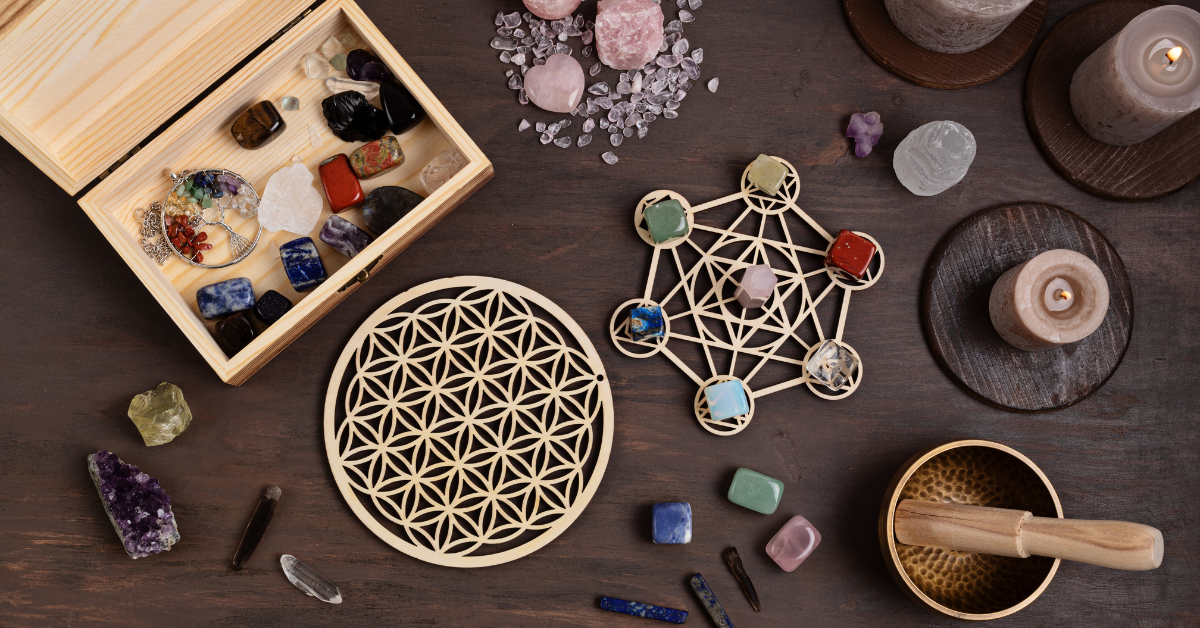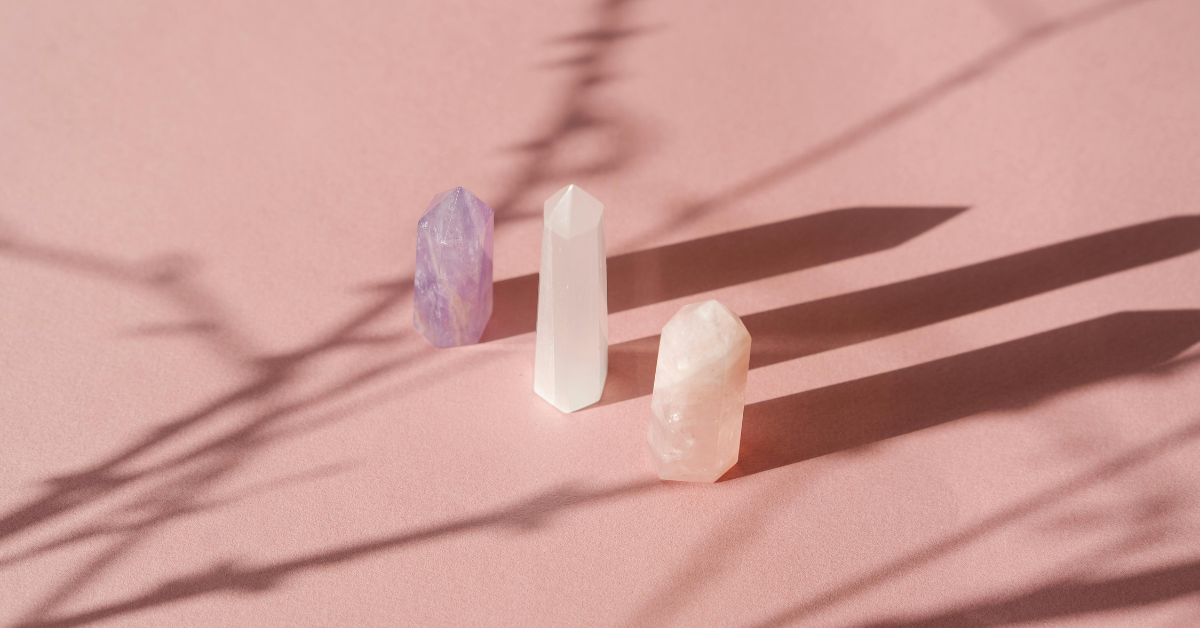In a time when all eyes seem focused on technology and the digital world, a trend is suddenly emerging that draws parallels with the past. This "new trend" isn't apps, nor the latest smart devices -- it's crystals, conquering modern culture at a dizzying pace.
But what if I told you this "new trend" isn't new at all? That crystals, these natural wonders that we wear, admire, and in which we place our hopes and intentions, originate from practices that have fascinated our ancestors for millennia?
Join us on a fascinating journey through time, where we'll explore together how historical crystals have made their way through centuries and how modern culture is embracing them with open arms.
The Timeless Appeal of Quartz
Quartz in its many forms has always been a constant in human history. Ancient civilizations, including the Romans and Egyptians, used clear quartz for various purposes.

The Romans shaped it into talismans, believing in its power to ward off evil. The Egyptians buried their dead with quartz crystals or stone lightning, intending to safely guide the deceased to the afterlife.
Today, we use the same crystal to enhance focus and concentration. Its versatility in jewelry and home decor also makes it an excellent addition to modern aesthetics, bridging the gap between ancient mysticism and contemporary fashion.
Amethyst: The Stone of Sobriety
The Greeks believed that amethyst could prevent drunkenness - this belief was so strong that they made vessels from it to drink from. This powerful, purple crystal was also valued by European soldiers who wore it for protection in battle -- they hoped its wine-like color, which they didn't consume, would maintain their clarity and speed.
In modern times, amethyst maintains its connection with clarity. We often use it in meditation spaces and personal shrines, as it helps us become mentally stronger while soothing our soul.

Turquoise: Bridge Between Heaven and Earth
Turquoise has been valued by many cultures for centuries, not just for its captivating color, but also for its supposed protective properties.
Ancient Persians decorated their palaces with turquoise domes. They believed it offered protection against unnatural death. Similarly, in Native American traditions, it was considered a bridge between heaven and earth. For this reason, they often used it in sacred ceremonies for communication with the spiritual world.
Today, turquoise is a popular crystal in jewelry, bringing a piece of sky into everyday life. Its historical significance as a protector and communicator echoes in its current use for promoting open communication and deflecting negative energy.

Lapis Lazuli: Stone of Wisdom
Lapis lazuli, valued for its deep blue color, was a symbol of power and wisdom since ancient civilizations.
Egyptians used it in their most luxurious jewelry and headdresses. Due to its divine connections, they also incorporated it into pharaohs' tombs.
During the Renaissance, lapis lazuli was crushed into powder to create "ultramarine," the most expensive blue pigment of its time.

Today, lapis lazuli is embraced for its beauty and ability to enhance intellectual capability and critical thinking. It's a popular choice among writers, psychologists, and artists who find inspiration in its historical connection to creativity and intellect.
Embracing Ancient Wisdom
The resurgence of crystals in modern times isn't just a trend, but a testament to their enduring appeal and humanity's eternal yearning for connection with the natural world.
While contemporary interest often focuses on their aesthetic and metaphysical properties, understanding the historical context of these natural gifts further enriches our appreciation of them.
When we incorporate crystals into our lives today, we're reviving ancient practices and beliefs, weaving a thread through time that emphasizes our continuous search for wellbeing, protection, and deeper understanding of the universe around us.



